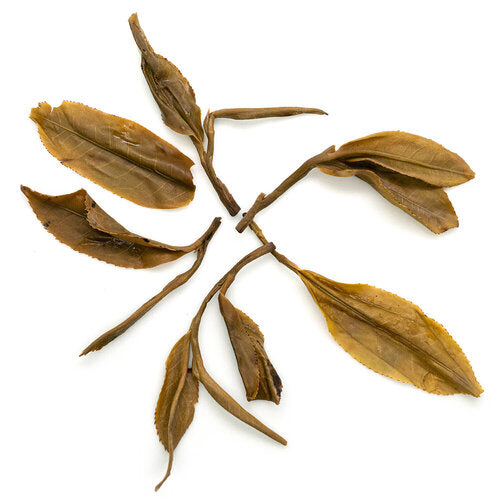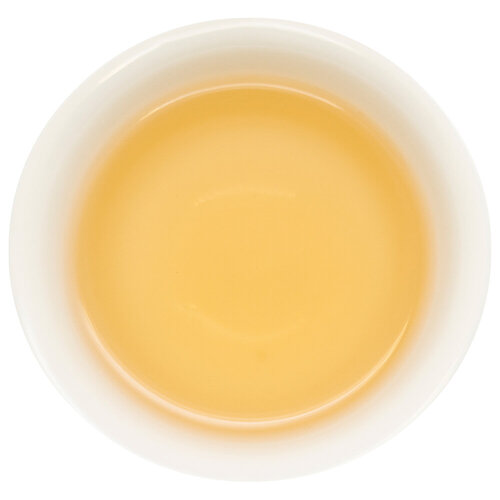Green Tea - Sheng Pu
You Le Long Pa 攸樂龍帕 (亞諾)
Tender and sweet with notes of sugarcane
Couldn't load pickup availability
Vintages:
Long Pa - Spring 2022: Round and shyly floral, with a long finish that brightens our breath.
Long Pa - Single Tree Blend, Spring 2021: Gorgeous floral notes and sweetness from sugarcane. This batch is made of single-harvested trees and blended for complexity.
Long Pa - Le De, Spring 2021: A fantastically sweet and tender Pu Er! From the famed micro-terroir of Le De.
Long Pa - Le De, Spring 2018: Strong notes of sugarcane. Tender and sweet with clean and delicate tannins. From the micro-terroir lot of Le De.
Long Pa - Wild, Spring 2018: Absolutely gorgeous brightness! An intense, aromatic Pu Er. From the same wild forest as the 2016 vintage.
Wild, Spring 2016: A full-bodied, round, and fruity Pu Er. These wild teas were harvested from a forest that is a two-hour hike from the village. The tea trees are so tall (7-15 m) that only selected tea pickers can climb up the tree. Only 10-20 pounds of this tea are crafted every year.
Long Pa - Le De, Spring 2016: This lot is slightly floral with a delicate sweetness. Le De is the name of the micro-terroir that yields sweeter and softer Pu Er.
Long Pa - A Hei, Spring 2016: A tannic and robust Pu Er with notes of dried fruits. A Hei is the name of the micro-terroir that yields a more tannic and robust Pu Er.
Long Pa - Le De, Spring 2015: Soft, sweet, and slightly floral from the micro-terroir of Le De.
Long Pa - A Hei, Spring 2015: Strong dried fruit notes, tannic and robust from the micro-terroir of A Hei.
Long Pa - Spring 2014: Bright with strong tannins, slightly floral.
*A Hei and Le De are the two lots farmers in Long Pa has. In the years we can, we do separate harvest of the two lots. Le De is more elegant while A Hei is more substantial and floral.
*Wild teas are harvested deep in the forest that takes two hours to hike to. The trees are very tall to scale and it's first come first right to pick. In the years we are lucky enough to be the first one there, that's the year we have it. The yield is extremely low, usually less than 5kg per season.
Share








